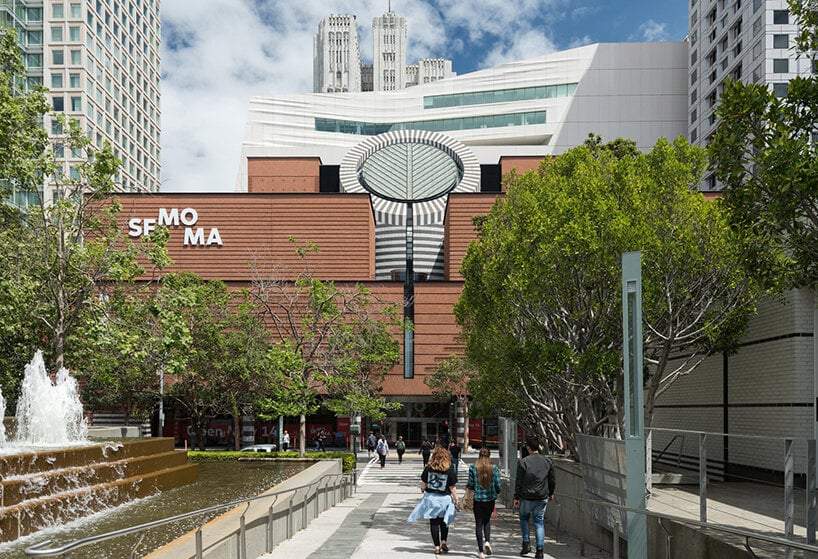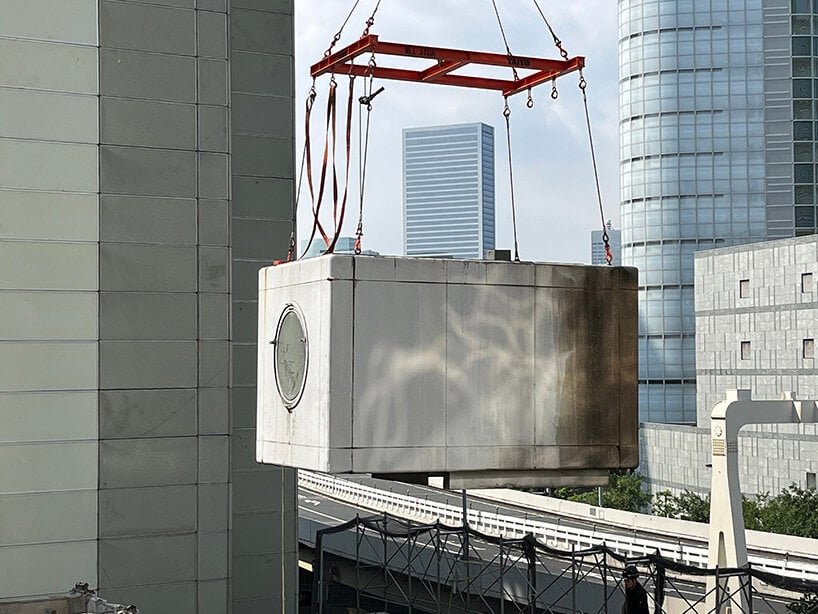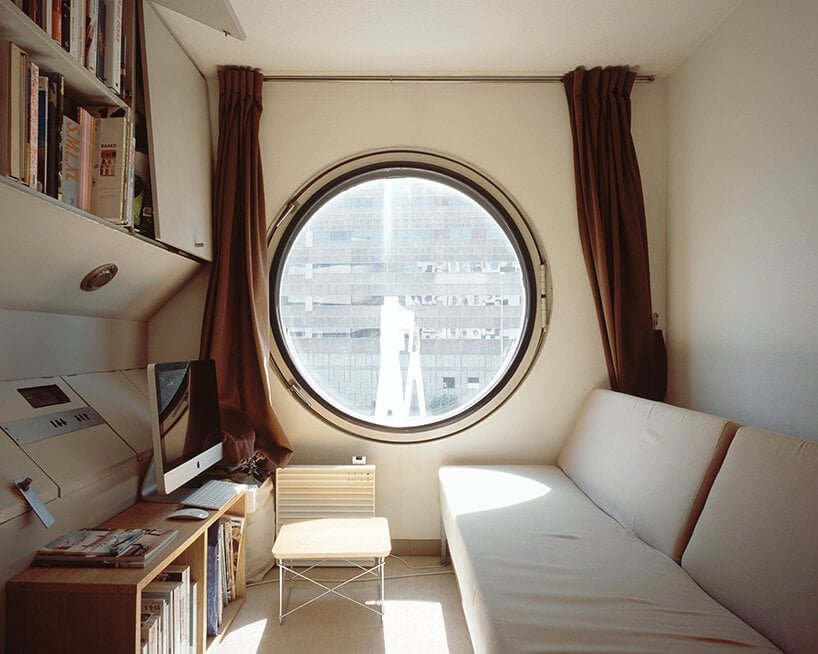sfmoma acquires capsule A1302 from the iconic nakagin tower
On May 18, 2023, The San Francisco Museum of Art (SFMOMA) became the first museum to acquire a Capsule from the iconic Nakagin Capsule Tower built in Ginza, Tokyo, in 1972. One of architect Kisho Kurokawa’s earliest projects, the landmark spanned 13 floors. It featured two central towers with 140 small, prefabricated living units (capsules) attached to them — a unique design emblematic of Japan’s post-war Metabolism movement. Sadly, on October 5, 2022, the city tore down the central tower and most of the capsules; only 23 units were successfully saved through the extraordinary efforts of the Nakagin Capsule Tower Preservation and Restoration Project, led by Tatsuyuki Maeda.

San Francisco Museum of Art (SFMOMA) | image by Jon McNeal, © Snøhetta
From these saved units, SFMOMA (see more here) selected Capsule A1302 to include as part of its Japanese architecture, design and photography collections. Originally owned by Kurokawa himself, this living unit boasted a prime location on the tower’s highest floor and was featured in several movies. A1302 has been carefully restored in close conversation with the architect’s office, curators, and historians; it contains original features and electronics available to buyers who customized their units in 1972. Given its small dimensions (2.5 m x 4 m x 2.5 m), the Capsule’s new fate realizes Kurokowa’s wish that the units not remain fixed but move to other locations.
In addition to SFMOMA’s acquisition of Capsule A1302, the museum has collected nine photographs by Noritaka Minami from his 1972 series, documenting the unique interiors of living at the Nakagin Capsule Tower between 2010-2022.

Nakagin Capsule Tower facade (2011) | image © Noritaka Minami – archival pigment print
on impermanence: symbolizing japan’s metabolism movement
Revisiting its story, the Nakagin Capsule Tower was part of the Metabolism movement, an architectural ideology founded in post-war Japan between the late 50s and early 60. A group of young architects and designers, including Kiyonori Kikutake, Kisho Kurokawa, and Fumihiko Maki – all heavily influenced by the architect Kenzo Tange – created the Metabolism manifesto by basing it on the Japanese concept of ‘shinchintaisha’, a biological term for cell adaptation to sustain life. In Japanese, the term is also imbued with a Buddhist spiritual idea of renewal and regeneration. Following this concept, Metabolism proposes architectural megastructures that are not static entities but can organically change by integrating responsiveness, adaptability, and impermanence.

capsule being moved | image courtesy PR Times Japan
In 1960, Kisho Kurokawa was the youngest of seven cofounders of the Architectural Metabolist movement. By 1962, he opened his own practice, which is still active to this day, long after his passing in 2007, at the age of 73. The Tokyo-based Metabolist architects put forward a distinctly Japanese architectural approach that recognized the impermanence of buildings, technology, and people and the longevity of concepts, traditions, and nature.
The Nakagin Capsule Tower is one of a few built works during the Metabolist period. The idea was that individual units could be replaced or even moved to different locations. Initially billed in the real estate documents as ‘Business Capsules’ for private workspaces during the week, the prefabricated units featured a single circular window, a full bathroom, a built-in bed, and a fold-down desk. The owner would also select optional interior features and accessories from a menu of options, which included the latest Japanese electronics of the day, such as a television and a reel-to-reel tape player.

pre-demoliton | image courtesy PR Times Japan
The Capsules naturally gained incredible popularity at that time. However, as the surrounding neighborhood of Ginza developed over the years, the Nakagin real estate company invested little in the Capsule Tower’s maintenance, leading to its partial demolition in October 2022. With the remaining 23 Capsules successfully saved from annihilation, Tatsuyuki Maeda, SFMOMA, and other leading figures in the units’ preservation are exploring what new meanings and impact these units could hold today when separated from the tower as a whole.

pre-demoliton | image courtesy PR Times Japan

